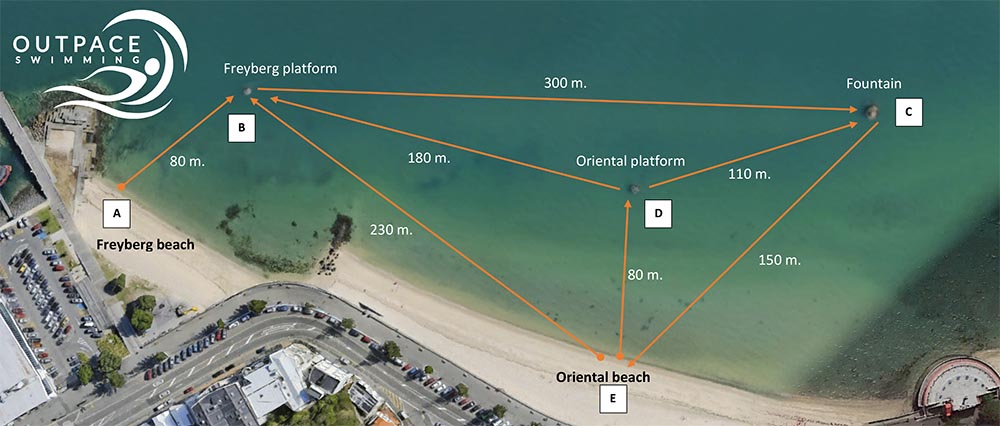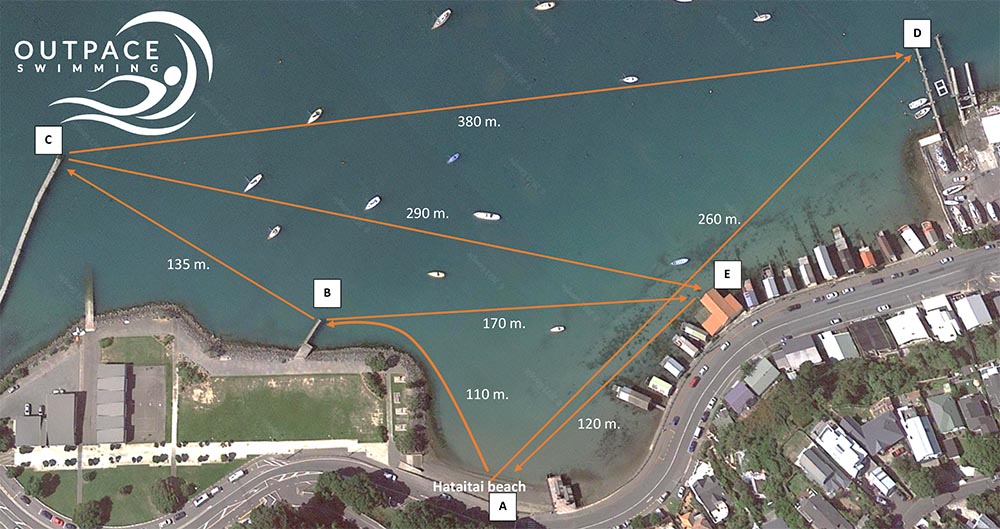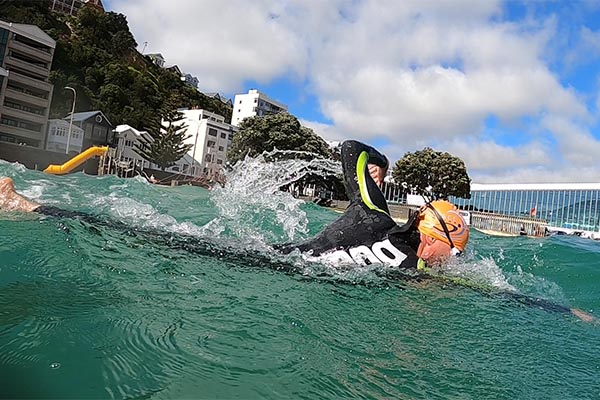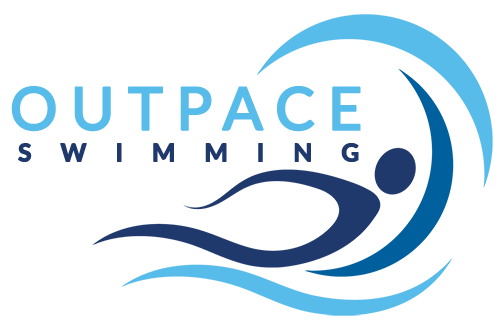Open Water Interval Training (OWIT) Workouts – 2025 dates to be confirmed
Interval training sessions that combine fitness and open water skills such as breathing & sighting techniques, swimming straight, pacing, drafting techniques, group starts and more.
Sessions are for intermediate and advanced swimmers who can comfortably swim a minimum of 400m Freestyle without stopping in the sea (any pace or speed).
Places are limited to 20 swimmers per session.
| Dates | 2025 dates to be confirmed |
| Where | Freyberg beach or Hataitai beach * |
| Time | 6:30 – 7:30pm (60 minutes) – Briefing at the beach from 6:20pm |
| Cost | $15 per workout or $104 per season (8 workouts) |
| Age | 18 & over |
* Notes:
If the weather conditions aren’t suitable at Freyberg beach, the sessions will be conducted at Hataitai beach. In this case, you will be notified by text or email on the day before midday.
If the sea is unsuitable for swimming, your session will either be credited or refunded.


In many ways, swimming in open water requires a variety of skills that can be very different from swimming in a pool.
It is important to be prepared physically and mentally for an open water swim.
Please find below what I consider to be the most important skills to practice as well as useful tips.
Develop your Freestyle technique
- Improve your Freestyle with the correct Front Quadrant timing
- Focus on distance per stroke rather than stroke rate
Practice bilateral breathing
Develop and practice breathing on both sides at the pool as well as in the sea. Depending on the conditions (e.g. waves, sun orientation, sighting points, where other swimmers are), you may have to breathe on one side only for part of the race.
Practice sighting
A good sighting technique helps you swim and navigate with the least amount of disruption to your swimming.
Sighting effectively is the key to swim straight between buoys or markers.
Try to spot landmarks such as large fixed objects on the horizon (e.g. peak of hill, trees, building, etc.).
Whatever sighting technique you choose, you have only a second to capture a “snapshot” of what is in front of you, a picture you can process for the next few seconds while you decide whether to make any small corrections to your swim course.
- Integrate sighting into your stroke when training at the pool (e.g. target a fixed object such as a water bottle or a diving block).
- Practice all sighting techniques then choose the one you are the most comfortable with.
- Sight regularly such as every 6 strokes.
Easiest
Most efficient
Alternative option
Choppy condition
Practice pacing
Practicing your race pace at the pool will help you avoid going out too fast at the start of the race. Conserving energy at the beginning, means you can maintain your speed to the end.
Tips before the race season
A few months before the race season:
Race day tips
Additional resources
If you are swimming in the sea in Wellington, below are three useful links:

Summer Clinic



